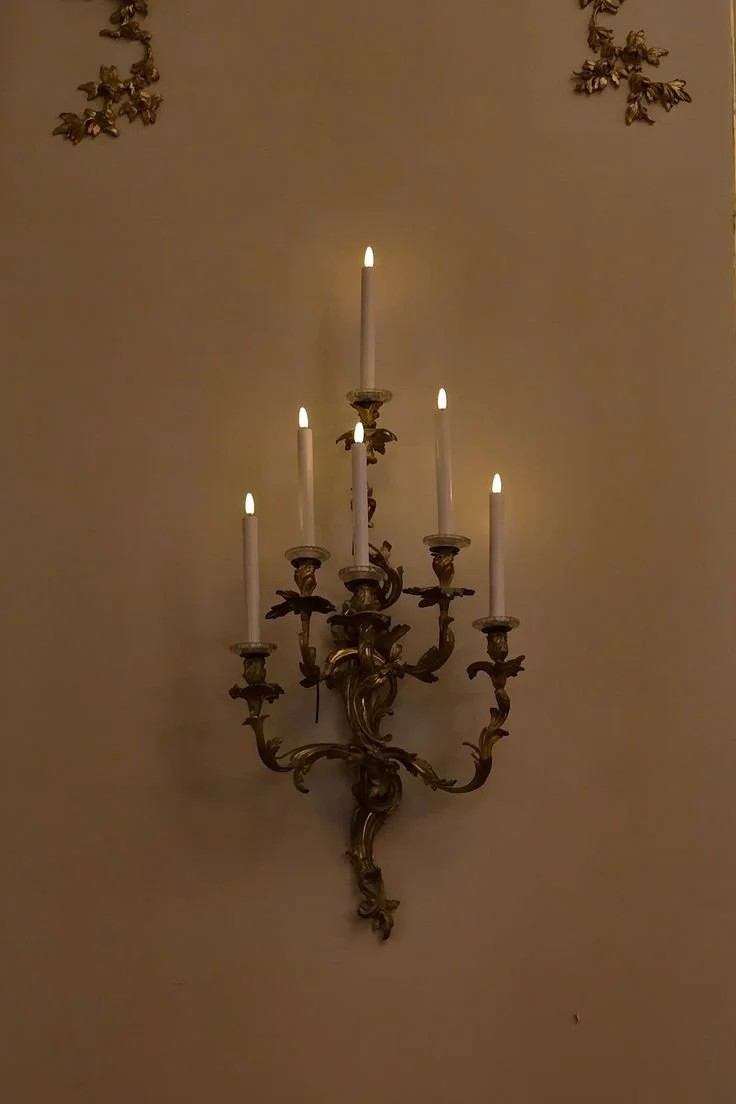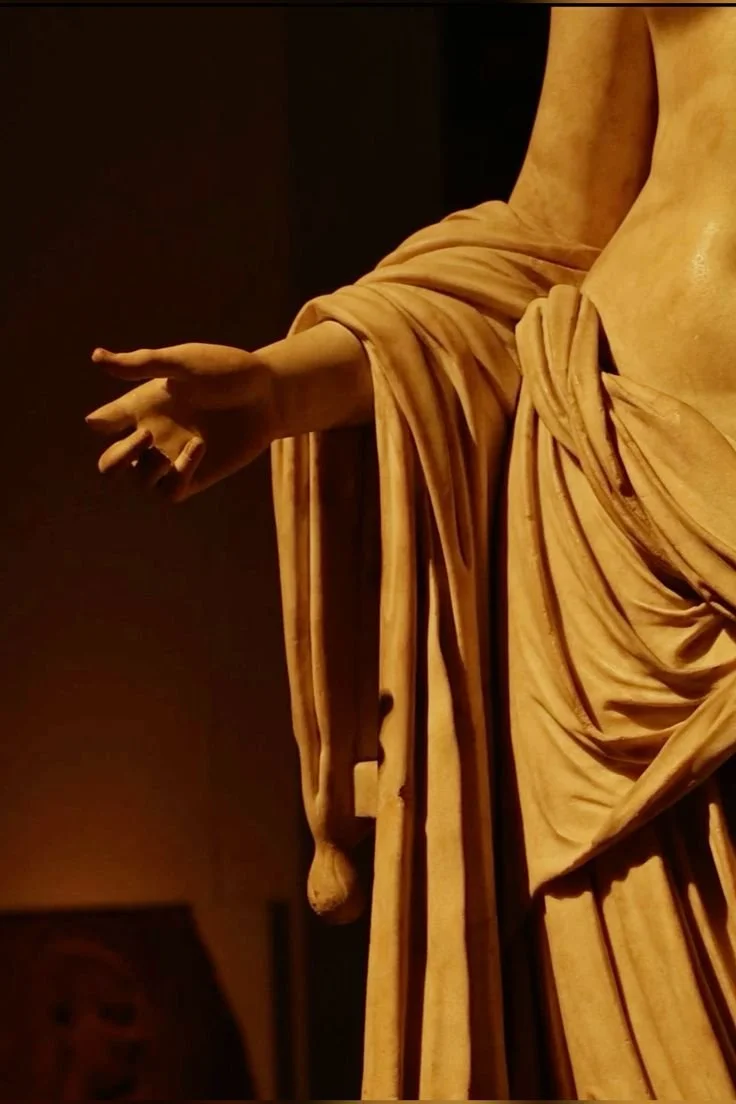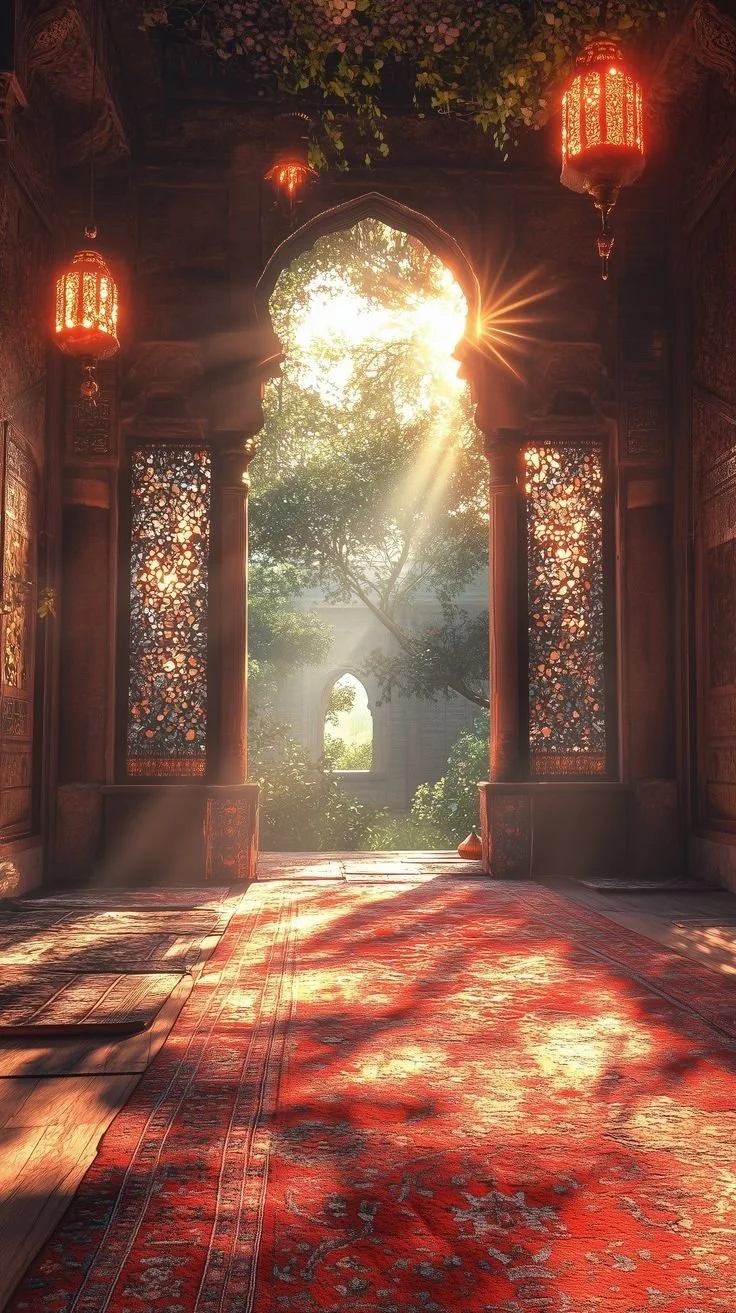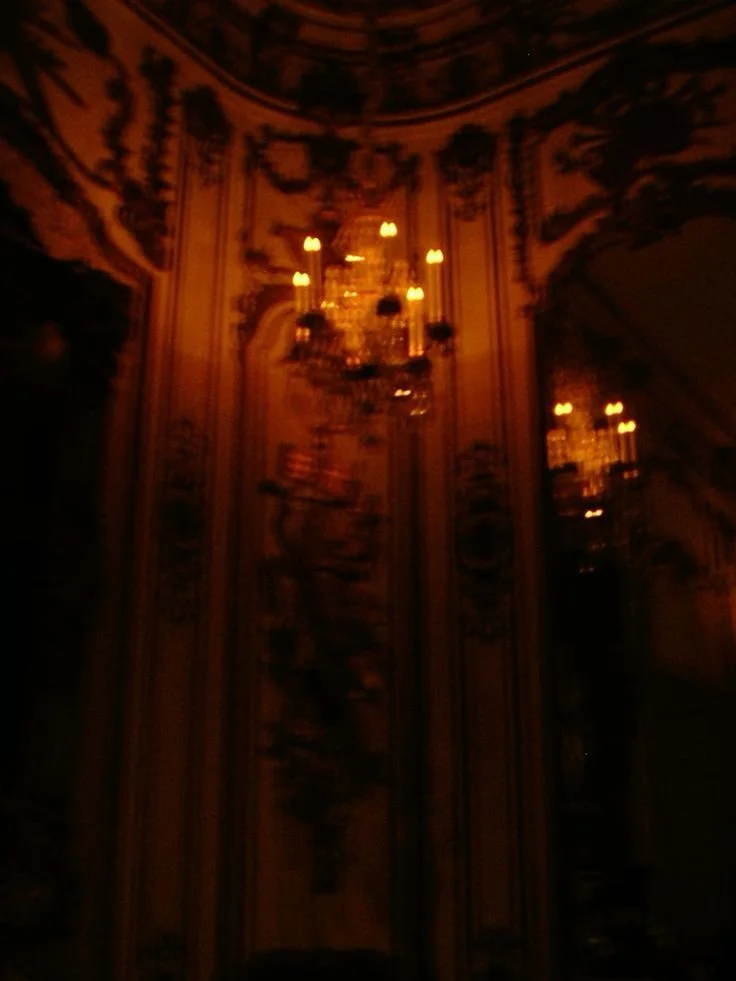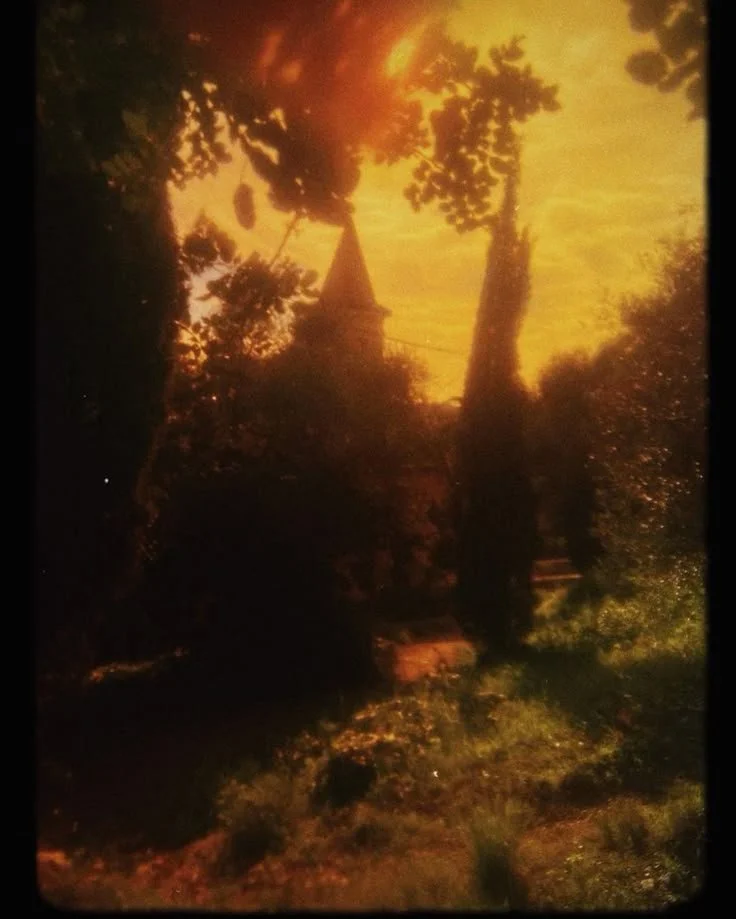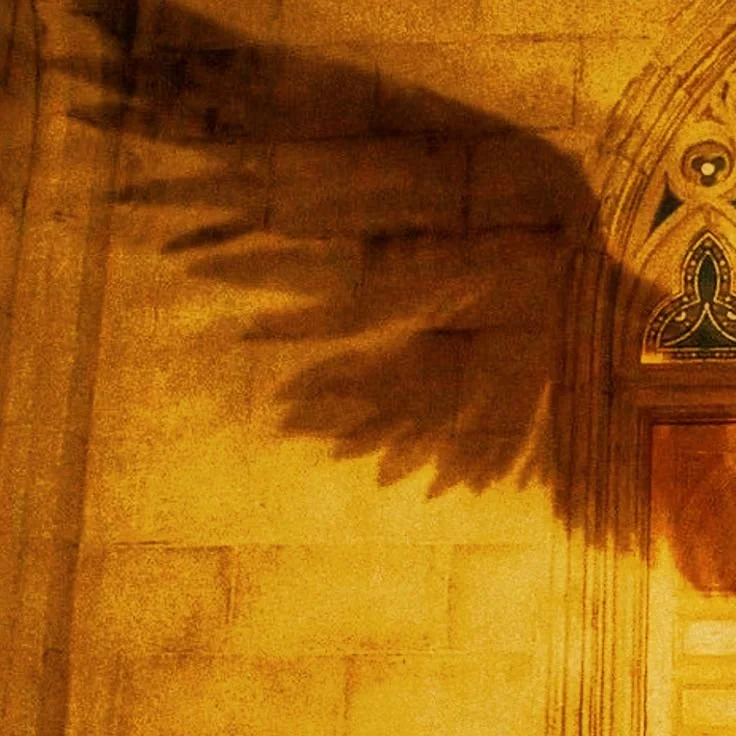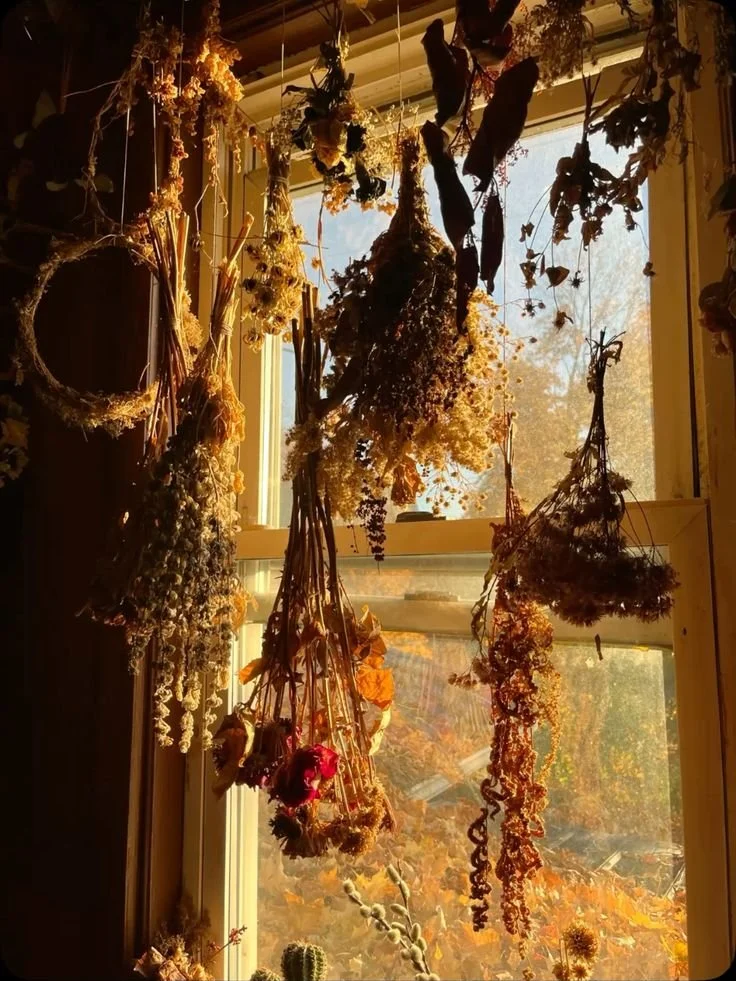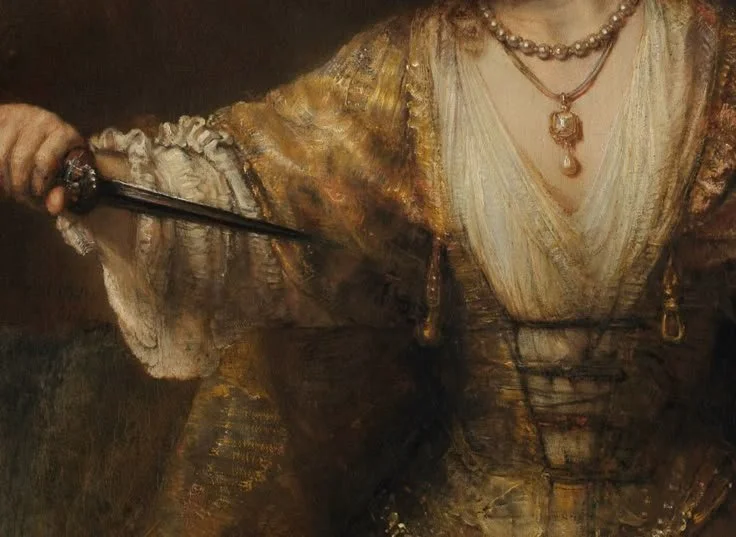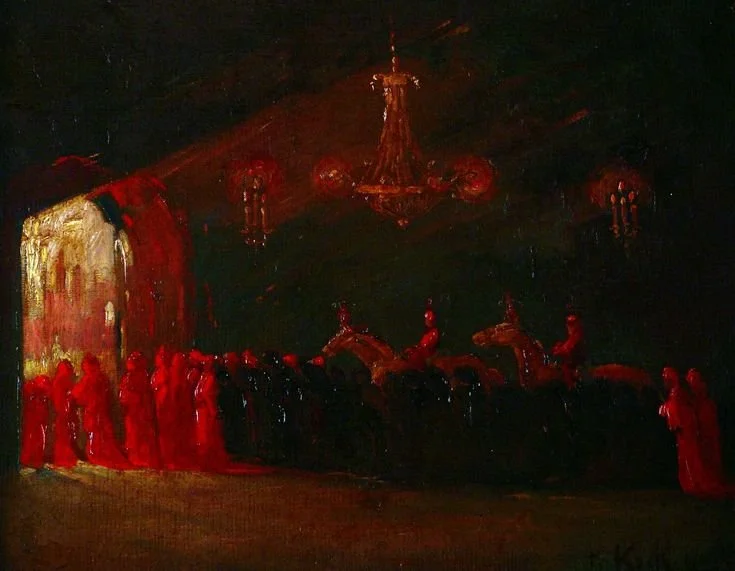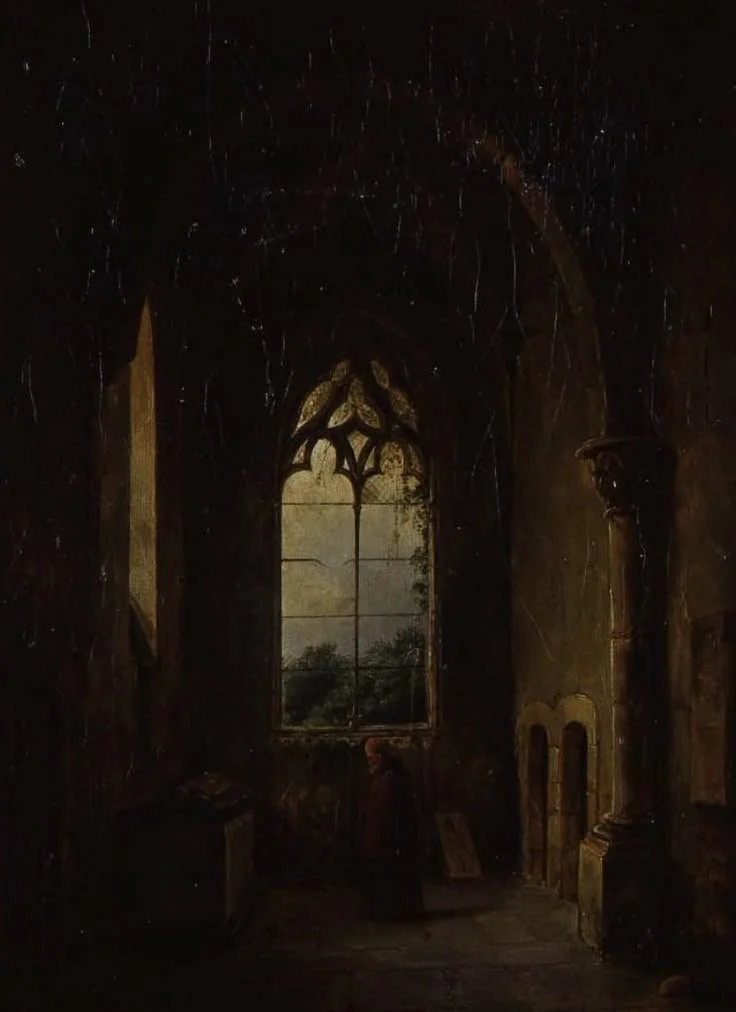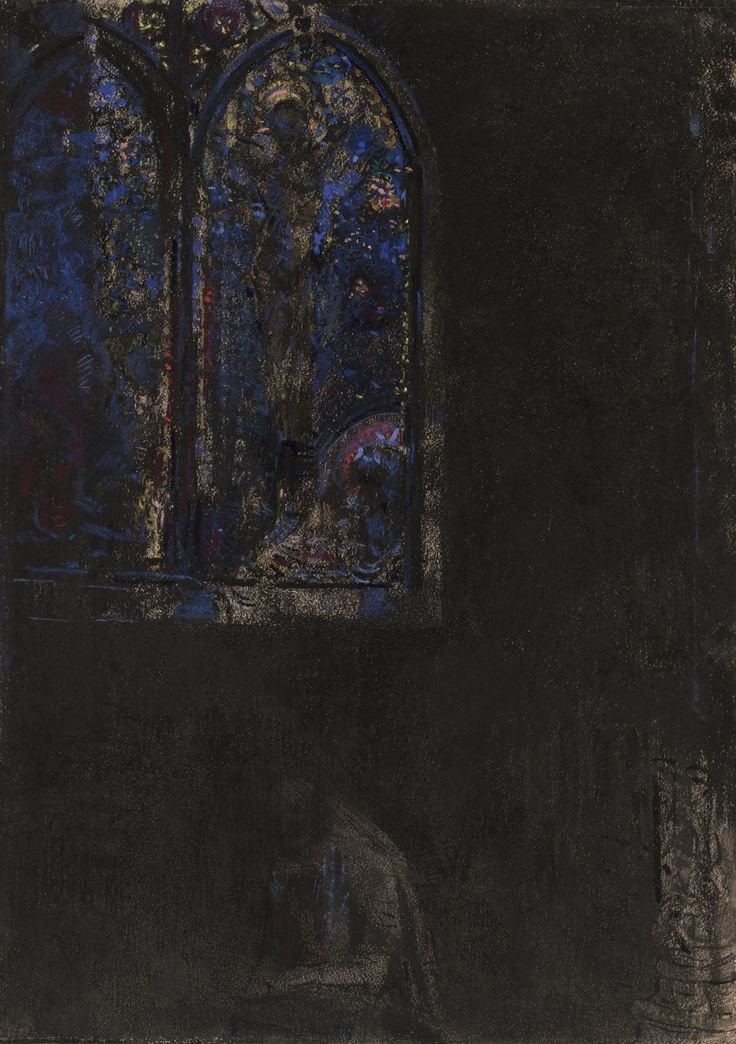This movie is not a love story. It is a life story.
Melancholia (2011)
BY LEZA CANTORAL
Melancholia is an operatic and lyrical death dance performed in three parts. The first part is the wedding. The second part is the unraveling of the fantasy built up in the first part. And the third part is the grand event that it has all been building up to.
The wedding is the ultimate female fantasy of culmination, of dreams coming true, or true love cemented and bound forever in an elaborate ritual. The wedding, in a romance film would be the final scene. It would be the pinnacle. By beginning with the wedding scene Lars Von Trier makes sure that the film's trajectory goes downwards rather than upwards.
The glittery surfaces have dark flipsides and the tragic undersides provide surprising tonics for the stifled artifice of the polished surfaces.
The first scenes are casual, playful and celebratory. Everybody looks beautiful and seems for the most part happy. The first hint at doom comes on the doorsteps on the church when Justine (Kirsten Dunst) notices a strange red star in the sky. She does not know what it is, but it throws the whole movie off balance. Suddenly the comfort of the predictable and the mundane is shattered by the possibility of the unknown that comes from beyond and that is larger and more powerful than the technology and desires of human beings.
Justine is already depressed, even at this happy time. It is a shock to see after all her smiling and laughing. One woman, on her wedding is like a planet onto herself: the center of attention, the main attraction, the fetishized object.
Her groom offers her a plot of perfect apples but she is still sad. There is something wrong inside her. Maybe it is her mother’s negativity about marriage, maybe she does not really love her groom, maybe she fears that she will miss the life and self that she is must leave behind in order to step forward into this new role and stage of her life.
Justine seems disconnected from her own life and the people in it. She is pulling back and shutting herself off. She floats about the most important day of her life like a ghost at her own wedding.
Her sense of isolation pulls the viewer out as well and creating an oppressive atmosphere of despair and alienation.
From a cosmic perspective, human accomplishments and feelings lose their luster and significance. It is all a matter of perspective. All the sacred rituals for rites of passage are the orchestrated attempts of humans to bring some semblance of order to an existence that is at its core chaotic, violent and unpredictable.
To Justine, the wedding day just feels like the beginning of the end.
When the first section of the film (Justine), which was the wedding scene, ends and the second section entitled Claire begins we see the flipside perspective. We see Claire taking care of her younger sister, Justine, who can barely take care of herself and is severely depressed. The magic veil of the first section is torn aside like the curtain in The Wizard of Oz and the little man behind the curtain is a crying and shattered girl who is coming undone. The mirage of the beautiful beaming bride dissolves into the celluloid mist.
There is a certain sense of relief when some of the artifice has been shed.
"Melancholia is gonna pass right in front of us and it is going to be the most beautiful sight ever," says John (Kiefer Southerland) to Claire, as her panic grows. He is a scientist and he projects an aura of certainty. He is rational and practical and he has a telescope. He knows the name of the star and what its trajectory is supposed to be.
He is the direct opposite of Justine, who is irrational, emotional and claims to be psychic. She does not pretend to be able to control her emotions.
Melancholia, the film, is a beautiful sight. It draws you in deeper and deeper despite yourself. For a film about alienation and isolation it is an extremely intimate and raw experience. The façade of the opening scenes gets gradually shredded and behind is just the darkness, the fear and the feelings.
Claire stumbles upon Justine lying naked beneath the impending star that looms closer and closer to earth, as if welcoming it. Justine, the bride, waits, along with earth, for its last dance with death.
When social rituals are stripped away, Justine is in her element. She cannot tolerate artifice. She meets the prospect of death unflinchingly.
By the end of the film, Lars Von Trier has performed the most incredible perceptual sleight of hand since Houdini. Justine is still the same exact person that she was at the beginning and in the middle and yet she is an entirely different person in relation to the other characters as well as the story.
Justine has not changed. She has remained the only still point in a dizzyingly shifting narrative landscape. She is the rock, and like the earth, she is staying right where she’s at as everything else spins about her.
This movie is larger than life. It sweeps you away. It takes you out of yourself.
This movie is not a love story. It is a life story.
Leza Cantoral is the author of Planet Mermaid and editor of Walk Hand in Hand Into Extinction: Stories Inspired by True Detective. She writes a feminist column about noir film for Luna Luna Magazine called Shades of Noir and writes about pop culture for Clash Media. Her upcoming collection of short stories, Cartoons in the Suicide Forest, will be coming out later this year through Bizarro Pulp Press. You can find her short stories at lezacantoralblog.wordpress.com and tweet her at @lezacantoral.

